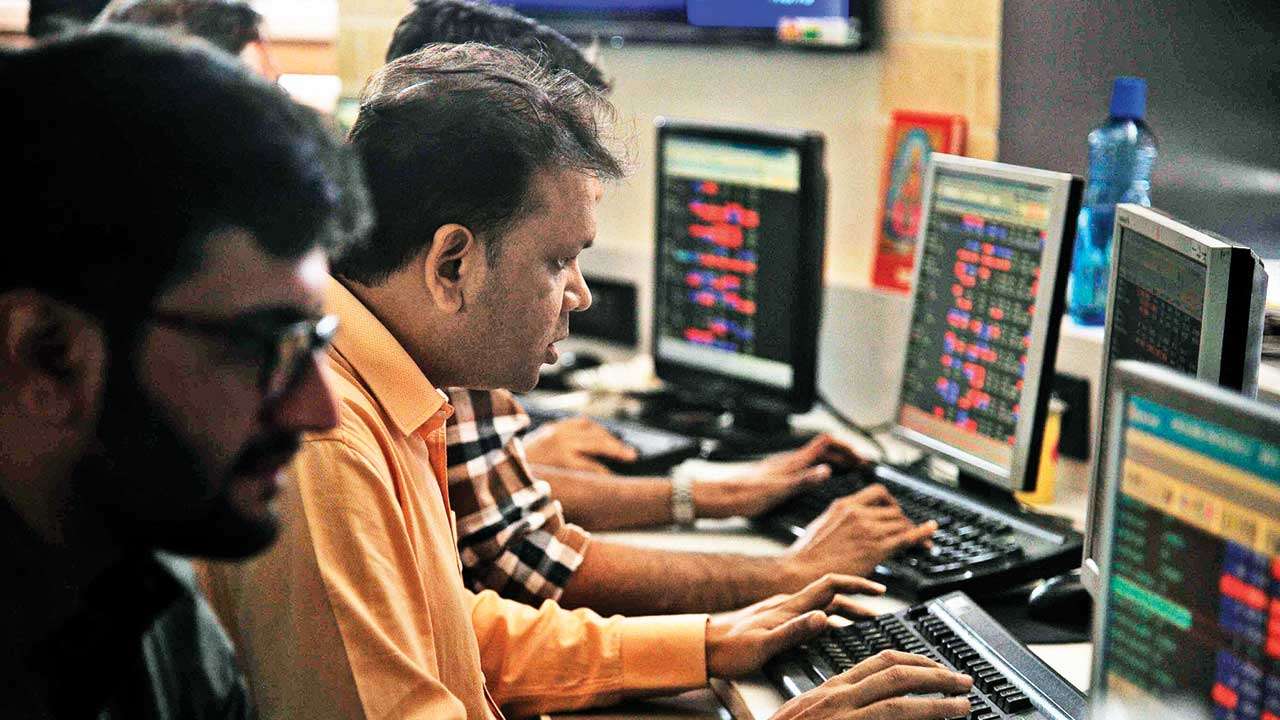
A crisis offers us a rare window of opportunity to implement reforms and it is a terrible thing to waste, former Reserve Bank of India (RBI) governor Raghuram Rajan once said. As every fraud strikes India, regulators swoop down with revised guidelines and set up new committees. While most fraudsters enjoy an unrestrained life in exile cocking a snook at the porous Indian system, some end up in the custody of investigating agencies back home. But has anyone counted the cost of a fraud?
The dust kicked up by a series of frauds in 2018 has not even settled, lending rates are already on the rise. A cursory look at four banks -- State Bank of India (SBI), Punjab National Bank (PNB), ICICI Bank and Axis Bank -- which took the lead to hike lending rates last week reveals the reasons behind their exigency: the scams and a massive pile-up of bad loans have ruthlessly squeezed their lifelines -- interest income and margins. While non-performing assets (NPAs) helped their interest-earning assets contract, exerting pressure on net interest income, provisioning and write-offs that followed have critically throttled their profits.
For instance, SBI is holding a whopping Rs 90,000 crore of loans in the written-off category (called Auca or accounts under collection accounts), according to a DNA Money report by AB Manju. This is in addition to its rising stockpile of gross NPAs of Rs 1,99,141 crore, amounting to 10.38% of the bank’s advances. PNB, India’s second largest public sector lender, has its own reasons to hike lending rates. Its managing director and CEO Sunil Mehta is struggling to explain the Rs 20,000 crore (and counting) fraud as sleuths from CBI and Enforcement Directorate are on the trail of top bankers. At ICICI Bank, gross NPAs have seen a 21% jump to Rs 46,038.70 crore as of December-end.
These numbers are indeed alarming. With monthly loan installments going up now, a large majority of middle-class people will find their pockets dry faster, eventually reducing their power to spend.
The frauds have continued to rattle stock markets, leaving them volatile. Over the last few months, mutual fund houses are running helter-skelter as mid-cap and small-cap stocks have taken a plunge on bourses, thanks to the endless flow of news on frauds and debt pile-up. On BSE, Sensex may have managed to stay afloat largely unscathed, but both mid-cap and small-cap indices have fallen 6-7% since January 1, 2018. Retail investors who came on board in recent months are now counting losses.
The other impact on the working class is the massive layoffs on the ground. Mehul Choksi-owned Gitanjali Group and companies run by Nirav Modi and their several showrooms have shut down, leaving thousands of people on the road. This adds to the slow-paced employment generation following the prolonged slump in economic growth and the dip in capital investment during the three quarters since the demonetisation in November 2016. Lay-offs in telecom and information technology (IT) sectors have already disrupted the middle-class dreams.
Scams do not believe in level-playing fields. While the rich in India grow richer by the day, the middle class ends up paying for every fraud. And India’s middle class, once estimated at 300 million, faces an imminent prospect of shrinking in size and spending power.
No wonder, every fraud turns a destructive political weapon in India.
The writer is editor, DNA Money. He tweets @AntoJoseph